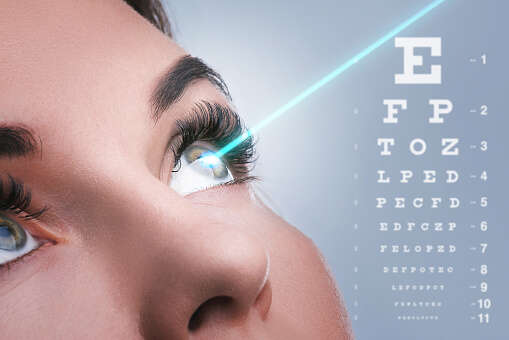What Is Agnosia?
6. Patient History and Physical Examination
Pure agnosia is rare. It is estimated that among all neurological patients, less than 1% have pure agnosia. The commonest and better described type of agnosia is visual agnosia. In cases of suspected agnosia, patient history is crucial. Patients with visual agnosia will present with issues such as inability to recognize objects visually.
In topographical agnosia, patients often become lost and have issues finding directions. it is also important to elicit in patient history that cognition, memory, and other sensory modalities are affected. In agnosia, a thorough psychological and neurological exam is required along with standardized tests for brain function (such as Montreal Cognitive assessment and Mini Mental State Examination).
Advertisement












